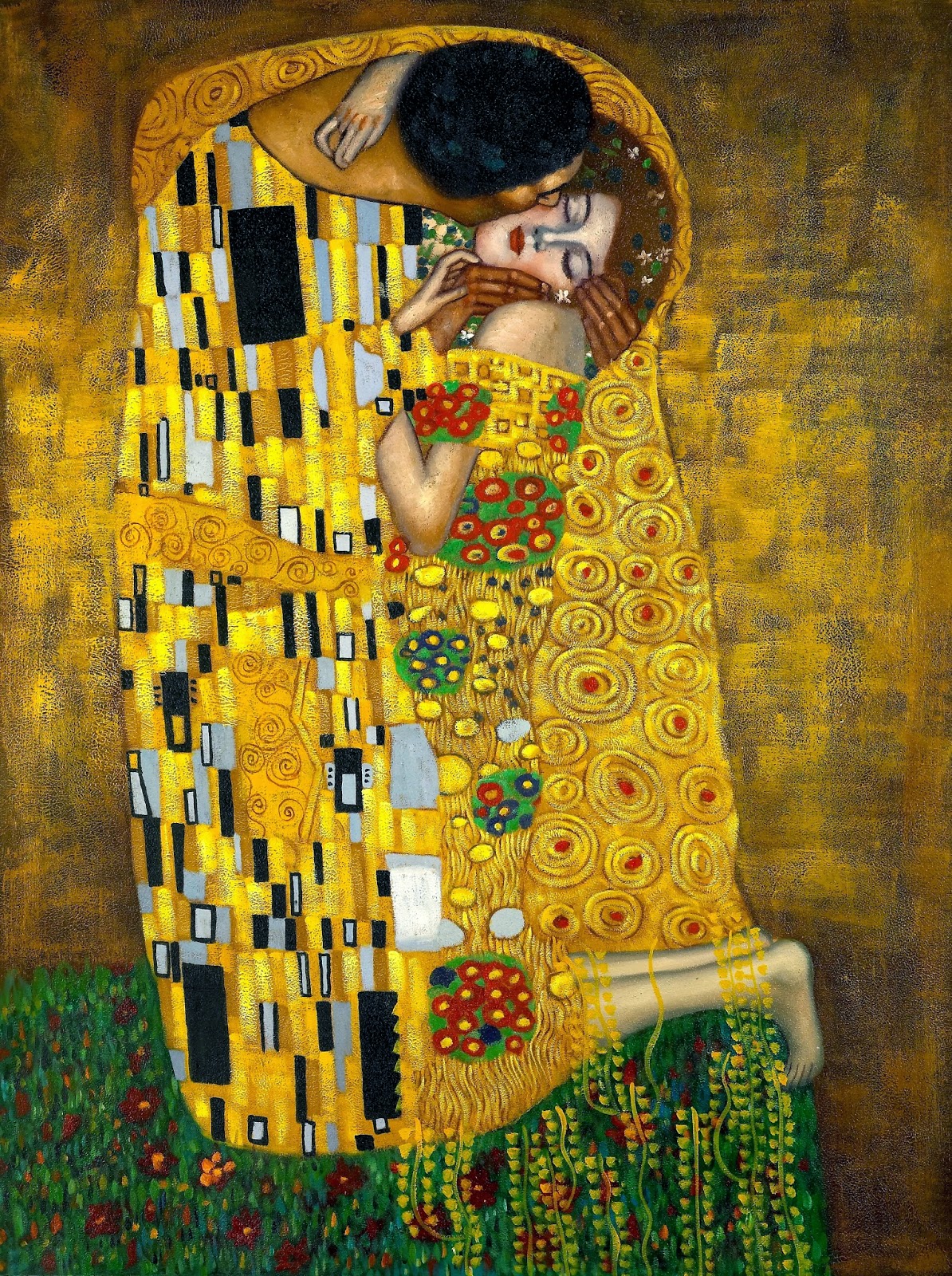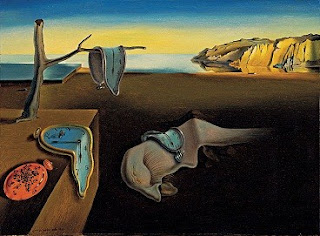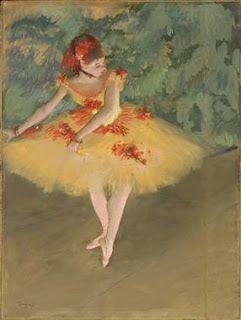The painting was dedicated to “our hero comrade Murphy
(Simpson)”. The work took a number of different names such as “Murphy and his
donkey”, “Simpson and his donkey”, “Henderson and his donkey” or “Man with a
donkey”. The origins of the painting have been somewhat of a debate among
scholars. However, what is known is that the painter was shown a picture of a
man carrying wounded soldiers from Shrapnel Gully to Anzac and used this as the
basis of his painting.
The object of the painting is John Simpson who was a
stretcher bearer with the Austrian-New Zealand Army. John was a deserter of the
merchant navy but eventually became part of the army as a way of getting back
to England. The day after landing at Gallipoli Peninsula on 25 April 1915 he
noticed a wounded comrade. Having experience with donkeys from boyhood work, he
loaded his friend on a nearby donkey and brought him to safety.
Apparently, John Simpson was a brave fellow who earned a
reputation from his military friends. Day in and day out he went into the
battlefield and loaded injured comrades bringing them to safety. While the
bullets were flying, he was relatively indifferent to the risks whistling and
singing throughout all of the destruction. He was a selfless contributor to the
saving of many people and his regiment appreciated him for that. On On 19 May 1915,
he was struck by machine gun fire and eventually died to the sadness of
everyone who knew him.
The battle and campaign did not turn out that well. The Anzac Cove landing was the first major battle for the new Austrian-New
Zealand forces during WWI. The goal was to retake the Ottoman forts that influenced
the Dardanelles straits passageway. After
the commanders were injured and removed from the battlefield the attack
resulted in many months of 20,000 troops stuck within three quarters of a mile of the beachhead.
The Ottomans were not going to give up the land as it had
important strategic communication implications. As multiple allied waves became stalemated,
the Ottomans continue to reinforce their ranks. The famous Ottoman commander Mustafa
Kemal said his noteworthy words, "I do not order you to attack, I order
you to die! In the time which passes until we die, other troops and commanders
can take our place!" The campaign for the allies was considered an overall
failure based on a host of factors from poor leadership to difficult terrain. Of course the allies did end up winning WWI.
The Author of the painting was known as Horace Moore-Jones
who was born in 1868 in Malvern Wells, Worcestershire, England. He moved with
father to New Zealand after the family experienced bankruptcy and financial
difficulty. Horace’s father David was an engineer and his wife Sarah was a
teacher. She eventually became the principle at Remuera Ladies College and
lived in a mansion where educational endeavors were taking place.
Feeling confined in New Zealand and aware of his painting
abilities he moved to Sydney with his wife. His success became well known and
he eventually exhibited his art at the Art Society of New South Wales 1892-1905.
Tragedy struck the family and his wife and two of his three children passed
away. He remarried, worked as a teacher, and landed a job as a staff
painter at Pearson’s Magazine.






